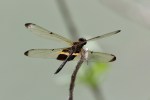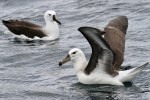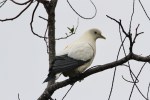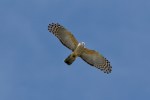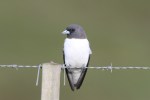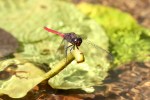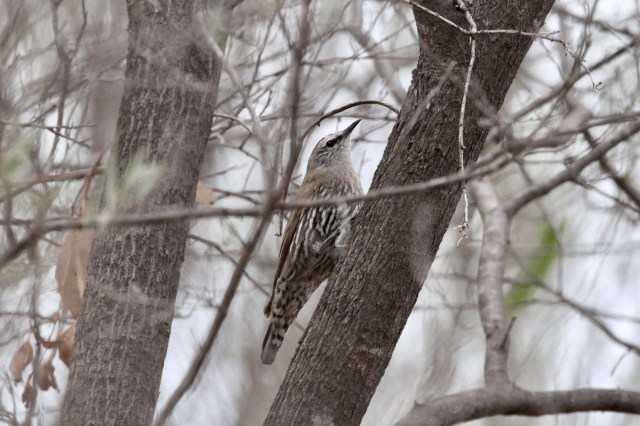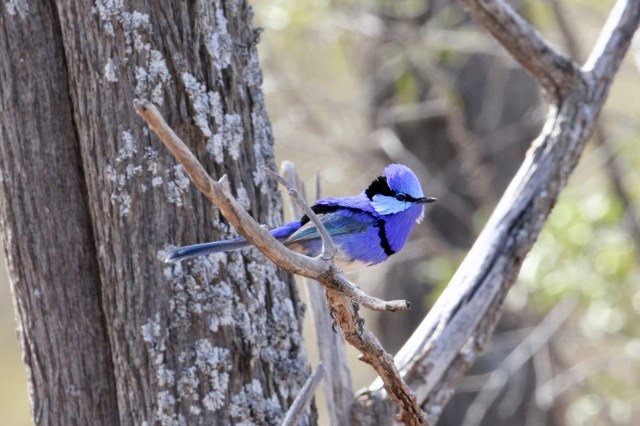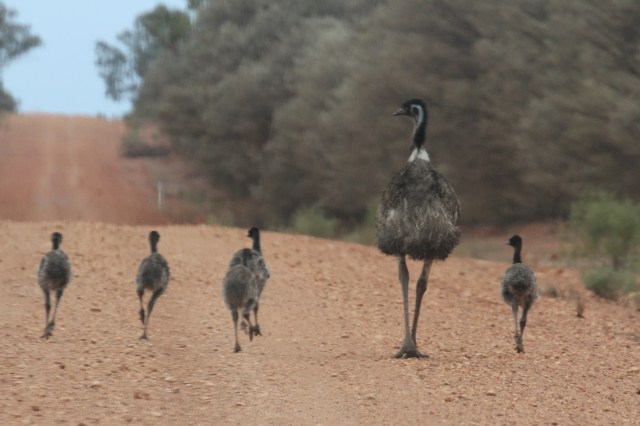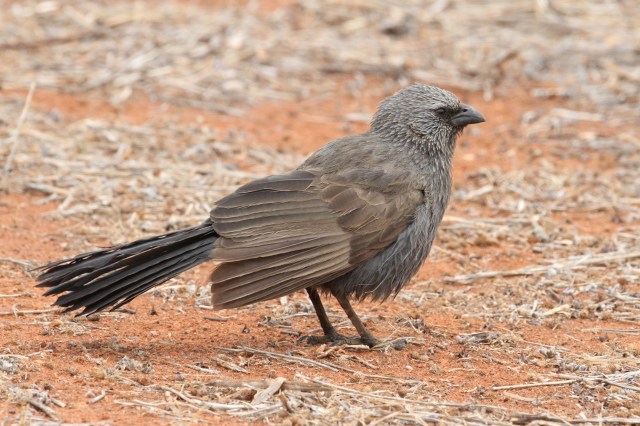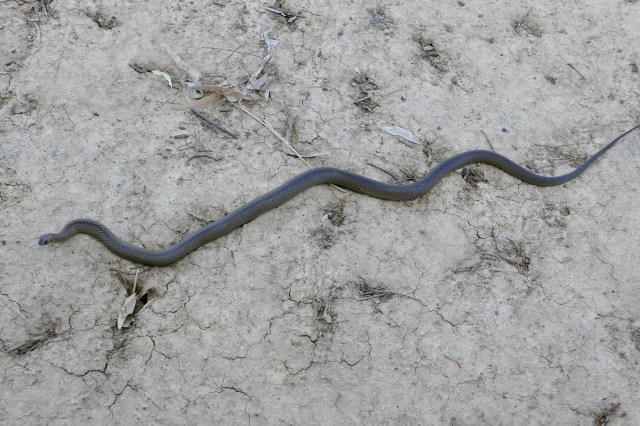
Southern Cassowary – finally puts in an appearance at the Jindalbah car park
After the successful Port Stephens pelagic – which enabled me to reach 300 birds in the Hunter, we flew north to Cairns to meet up with my brother Rob and wife Gi for a birding trip of far North Queensland. Unfortunately, the hoped for prize of the first day and a half – Southern Cassowary, failed to materialise. Despite being at Mission Beach – the epicentre for recent Cassowary ‘hunting’, it rained continuously and we failed in our mission (pun intended) miserably. We then headed north, via Port Douglas, to the Daintree River, where we did manage to connect with some of the region’s specialities – finally tracking down Southern Cassowary at Jindalbah, but not before a three hour wait in the car park and a narrow miss of a Noisy Pitta! A couple of hours flying time further north is the small, by Aussie standards, national park of Iron Range – a fragment of tropical low-land rainforest, with a dozen or so endemic specialities. Here we stayed at the lovely bed & breakfast at Portland Roads and ate in the adjacent cafe – tremendous food at literally the end of the road! An over-night stay in Cairns, before returning south, allowed for a couple of visits to the world renowned wader hot-spot of The Esplanade and an early morning bird of the Botanical Gardens.
Common in north Queensland, Bush Stone-curlew – this one was seen in Cairns Botanical Gardens

Comb-crested Jacana – present on most suitable inland waters in North Queensland
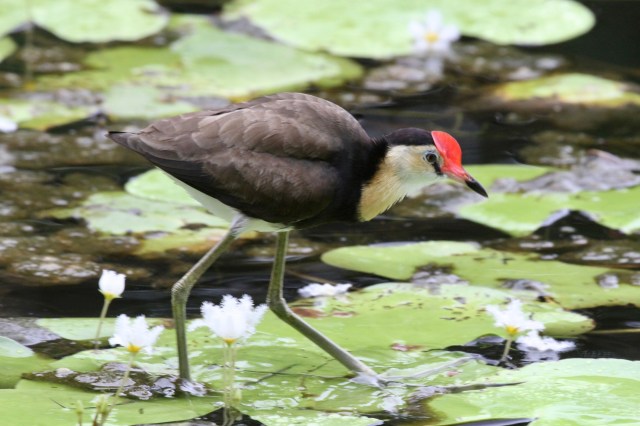
Also present, Salt-water Crocodile – this one was seen on the Daintree River cruise

Also seen along the Daintree River, one of a number of Kingfisher species – this one is Azure
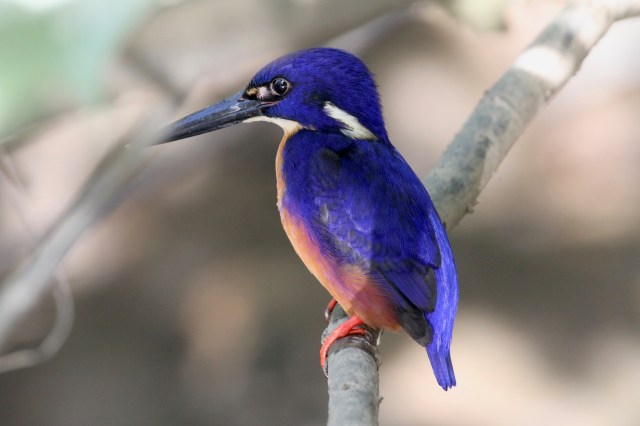
Restricted to the rainforests of northern Queensland is Macleay’s Honeyeater

Similar to the above species is Tawny-breasted – one of three Honeyeaters ‘endemic’ to Iron Range

Cape York endemic Monarchs include this little cutie – Frill-necked
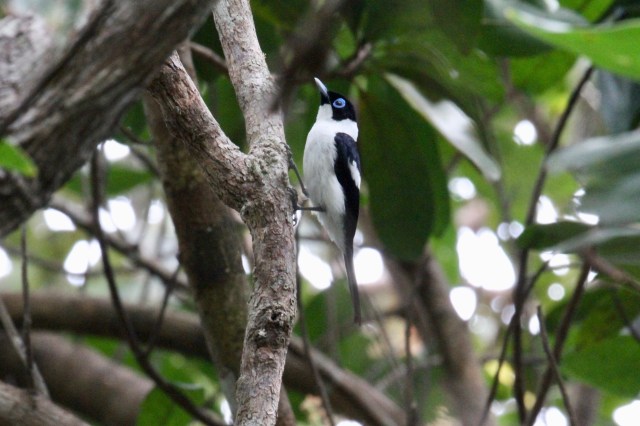
Much more common but equally as appealing – Olive-backed Sunbird, the only representative of this diverse group in Australia

We did eventually catch up with Noisy Pitta but were too early for it’s rarer cousin Red-bellied, which is only a wet-season visitor to Cape York
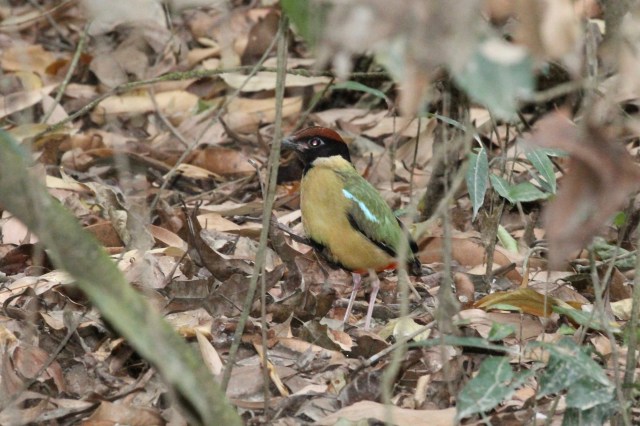
Water birds were few and far between, but these Pied Heron at Lockhart River ‘poo ponds’ were a welcome exception

Evening entertainment was provided by this murmuration of Metallic Starlings off Restoration Island
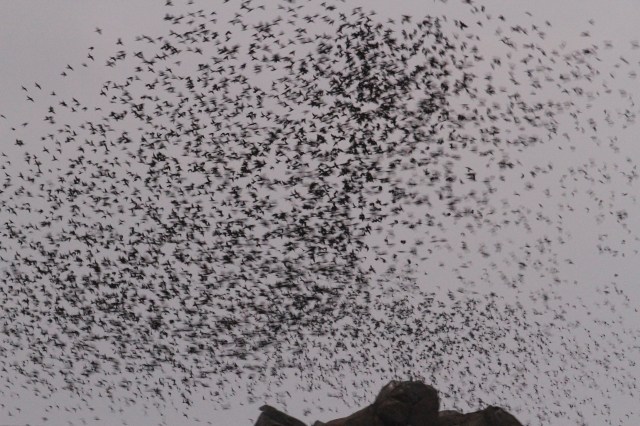
Reasonably common in Iron Range is Magnificent Riflebird – not quite so easy to see though!
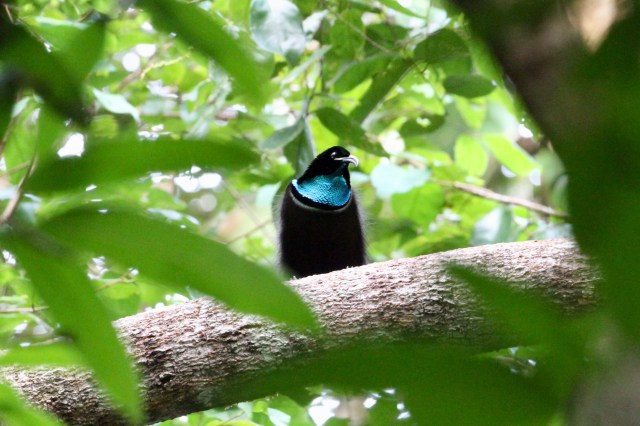
A top prize in Iron Range is the restricted and endangered Fawn-breasted Bowerbird
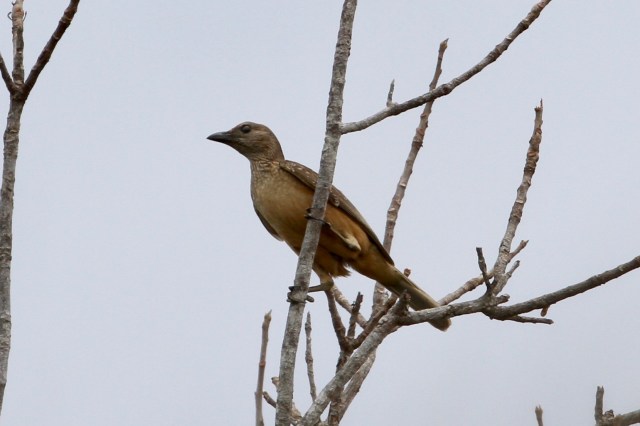
Equally prized, in their only Australian foot-hold of Iron Range, is Eclectus Parrot – we found this male (green) and four females (red) at their nest-hole. Seeing this beautiful bird has been a birding ambition of mine for many years – I even named my Management Consultancy after it!
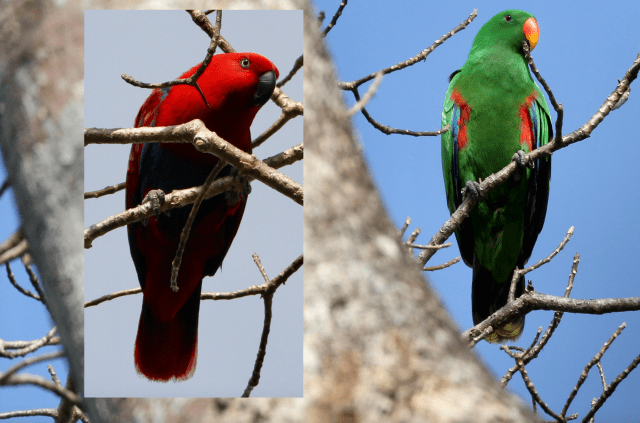
More common, but still difficult to see, are these Double-eyed Fig-Parrot – Australia’s smallest parrot species

The last species added to the list in North Queensland was this fabulous roosting Rufous Owl – located by a kindly birder I met in the Botanic Gardens who gave me a lift back to the hotel. We managed to photograph it in the final minutes before the taxi took us to the airport! Here, in typical pose, with prey in his talons

